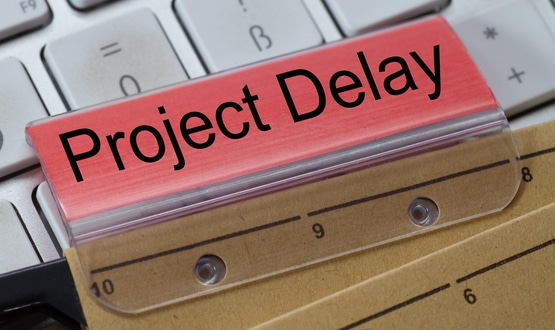FoIs reveal few Millennium benefits
- 20 July 2012

Two Southern trusts have identified only minimal benefits from their implementations of Cerner Millennium as part of the National Programme for IT in the NHS.
Milton Keynes Hospital NHS Foundation Trust has told eHealth Insider it does not intend to use the system for clinical records and processes outside of A&E and theatres.
It has implemented the FirstNet and SurgiNet modules in A&E and theatres and identified savings of 0.5 full time staff members as a result.
Taunton and Somerset NHS Foundation Trust has also deployed Cerner systems in A&E and theatres and says its experience implementing the system will help it procure another electronic patient record.
EHI first approached Southern trusts in January this year about the benefits they had realised from implementing the ‘London’ or LC1e upgrade to the system.
This was delivered by BT, after it took over the support of the ‘live’ sites at which Millennium had been deployed by Fujitsu while it was local service provider for the South.
Milton Keynes and Taunton and Somerset deployed Millennium in 2007. They received the LC1e upgrade earlier this year.
EHI received a number of benefits reports from the trusts, but while these identified potential benefits, they did not identify whether they had been achieved. Following a complaint, both trusts have recently provided further details.
Milton Keynes interim head of IM&T Mike Brooks said that in A&E there had been no benefits delivered to date and “we do not expect this position to change.”
In theatres, there has been a 0.5 WTE saving and in outpatients there has been a “partial saving due to streamlined follow up, but not sufficient to reduce any posts.”
These outcomes are in contrast to a benefits management plan dated November 2011, which says integration with the Spine would result in greater availability of accurate patient demographic information and faster patient registration at A&E reception.
The same document predicted that the introduction of FirstNet would allow the trust to send out electronic discharge summaries within 24 hours and the introduction of SurgiNet would increase theatre utilisation.
In April, the trust told eHealth Insider that it had no plans to use Cerner Millennium for clinical records and processes outside of A&E and theatres.
Taunton and Somerset said in a statement to EHI this month that following the LC1e upgrade, it plans to create additional Powerforms for clinical data capture – extending the use of the system by clinical staff.
High level benefits recorded by the trust include the use of its experience implementing Millennium to procure another EPR. The trust signalled its intent to tender for a new system in April.
The benefits realisation report says key to successfully procuring an EPR is the need to clearly document user requirements, objective evaluation of system capability and the establishment of true partnerships with suppliers.
Trust staff have already made the move from a green screen to a graphic user interface and data migration will also be easier because of previous work, it says.
The report says work is on-going to eliminate “dis-benefits”, but a number of these cannot be addressed “due to them being either fundamental to the way that Millennium is configured or due to contractual /specification issues not within the current remit of the trust to easily influence.”
The trust can no longer make changes to the patient’s listed GP because of connection to the PDS while previously it only had a “partial synch.”
Staff also cannot search for a patient’s outpatient appointment details by simply entering the medical record number, making it slower to manage outpatient appointments than it had been before the upgrade.
“Whilst there is still significant progress to be made in realising the benefits identified prior to the LC1e upgrade, sight must not be lost of the progress made to date, especially in the increase in clinical staff now electronically recording data on clinical care delivered to patients,” the report says.




